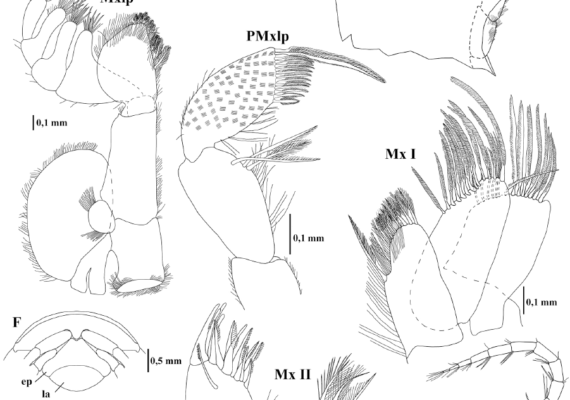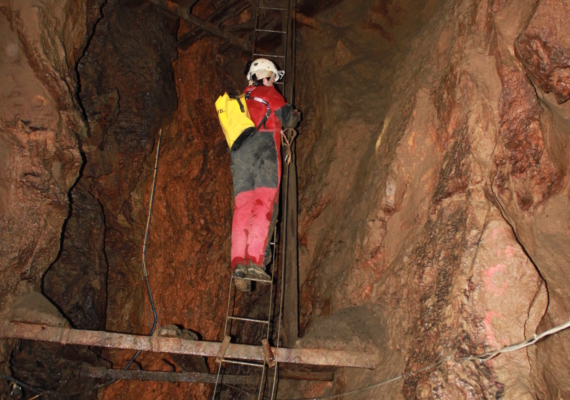Species descriptions and their phylogenetic relationships are fundamental to quantify and conserve biodiversity. We constantly develop our expertise on integrative taxonomy and apply it to subterranean crustaceans (Amphipoda, Isopoda, Decapoda). We combine different delimitation methods using morphology, uni- and multilocus molecular data as well as spatial and ecological modelling. Morphologically cryptic species are common among subterranean species. In order to properly include them into biodiversity research, we have developed a “pipeline” to describe them. Additionally, we are exploring whether and how the internet could be integrated into taxonomy and into shared taxonomic revisions.
Many subterranean species are hard to find and collect. Consequently, their distribution and biology are poorly known. Filling these gaps requires field work. Exploring new caves and repeatedly sampling already explored areas are an important part of our research.
Although the subterranean fauna of the Dinaric Karst is relatively well explored from the global perspective, new species are discovered yearly. Our goals are to:
- describe as many species as possible within a unified and integrative framework,
- molecularly diagnose the species described in pre-molecular era,
- develop accurate lists of species and their distribution,
- develop DNA barcodes for species identification by non-specialists.



